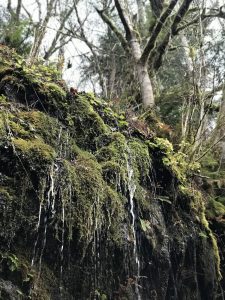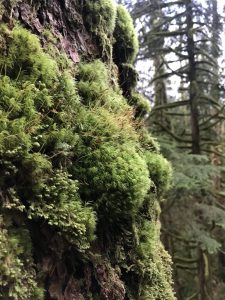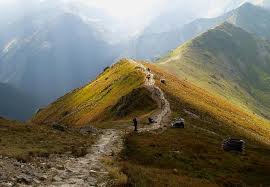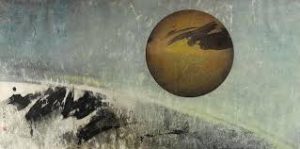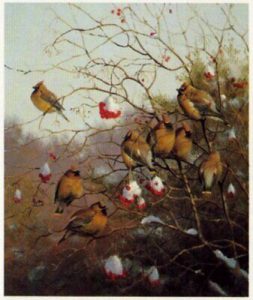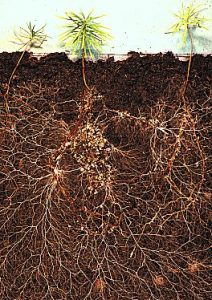 The Yogabliss, Two Rivers/RiverTree Yoga on-line Moving into Meditation classes met this morning. We used qualities of earth to explore qualities of mind. The slow steadiness of grounding helps to bring our heart’s wisdom to what we are attending. Earth’s regenerative capacity metabolizes what has died and nourishes what is being born. We too can integrate our experience in ways that help us to include ourselves and future generations in our circle of caring.
The Yogabliss, Two Rivers/RiverTree Yoga on-line Moving into Meditation classes met this morning. We used qualities of earth to explore qualities of mind. The slow steadiness of grounding helps to bring our heart’s wisdom to what we are attending. Earth’s regenerative capacity metabolizes what has died and nourishes what is being born. We too can integrate our experience in ways that help us to include ourselves and future generations in our circle of caring.
We contemplated Pablo Neruda’s poem Keeping Quiet. The poem, written in the 1950s, speaks to our time. He imagines the healing a Great Pause could bring. The Earth gets a chance to regenerate, the skies clear and we can hear the birds sing.
We drew inspiration from Jay Griffiths’ brilliant essay, Dwelling on Earth. She takes us on a journey through living Soil by highlighting its inhabitants and their role in the circle of life. She takes us back in time describing Darwin’s last work centered on the “mindedness” of earth worms. You can read or listen to Jay read her work and learn about Water Bears aka Moss Piglets aka Slow Steppers!
Vietnamese monk and beloved meditation master Thich Nhat Hanh reminded us of the reverence we embody in mindful walking.
We reflected on Theravadan monk and teacher Ajahn Sucitto’s essay Mindfulness Its Friends and Relatives. He explains how, like fingers and palm, attention and loving awareness come together in mindfulness. We investigate experience and let it rest in our “heart/mind.” We inquire: “How am I with this?”

